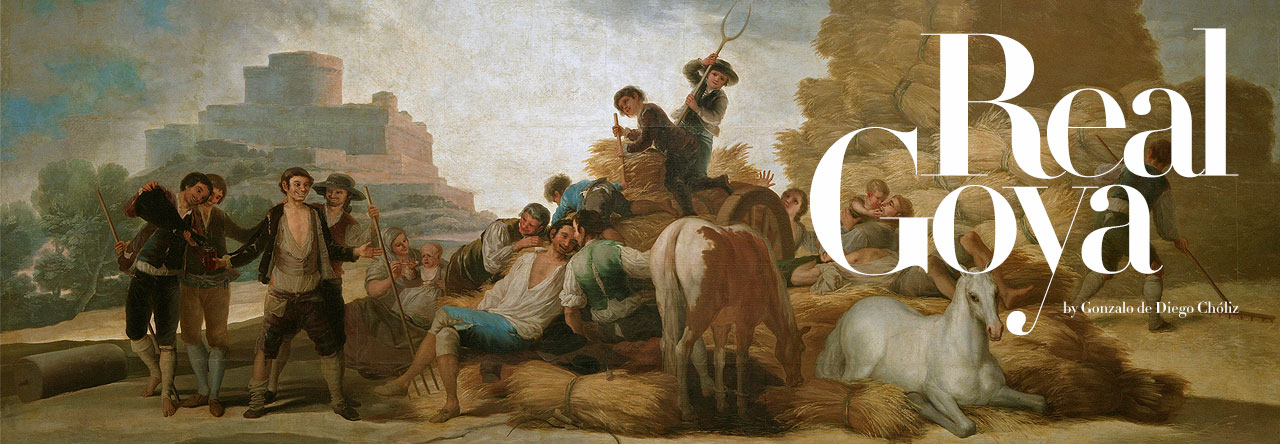The Audacity of Looking. ANTONIO MUÑOZ MOLINA.
CATALOGUE OF THE EXHIBITION Goya and The Modern World.
In the catalogue of the exhibition Goya and The Modern World, Antonio Muñoz Molina writes an article entitled The audacity of Looking. The same title is published by GalaxIa Gutenberg which includes also others devoted to artists such as Hopper, Picasso, Schad, Genovés… writes carried out over 20 years.
I must confess a peculiar sympathy for the author of Beatus ille, the first novel I read. But also, my admiration for the moral courage of this writer who has denounced as many times and in various ways the impoverished and numb culture of this country. I also enjoyed his great articles on art, artists and exhibitions published in El País newspaper, in a passionate and deep tone; the tone of a spectator in love, I would say, to denote not only a lover of art but a man who knows how to look, that has learned to look. In that “job” his training teachers have been Pierre Francastel, G. C. Argan, Gombrich, Panofsky.
Muñoz Molina speaks loud and clear, with the dignity that entails taking party, therefore, CAN write about Goya as he did so.
Molina tells us about the act of looking, how to look without wanting to see, to look denying what you see, look and hide the look… The ferocious events of each day makes people get used to the horror when is “far”, but also denying its reality, a show that happens on TV…
Molina says: “Goya is not domestic or nobody trivializes him. The anaesthetic of “familiarity” does not act on him and “Disasters” shall not be understood as an assertion of authenticity in the testimony of something that would have happened as it is rendered, but as a statement of principles”.
Much later the photography bore witness to an undeniable truth: this was, this happened, here it is the proof.
“The look implies political and moral consequences… The explicit function of an immense amount of stories and images, nowadays as in the time of Goya, is hiding and lying”.
“It’s not that Goya looks without taking part. Testifies what men do to each other”, …”or you look or not. If you only tells a part of the truth you are lying”.
These texts, which have perhaps gone somewhat unnoticed given the magnitude of the Exhibition in number and quality of the works, deserve our attention, especially today, when barbarism is news of each day.
S. Pagliano.

Leave a Reply